Roman helmet handle found at Priors Hall Park could show extended military presence
- Published

The depiction of two dolphins found in excavations at Priors Hall Park, Corby in Northamptonshire, was originally thought to be a Roman buckle
A bronze artefact found near a recently discovered Roman road suggests soldiers remained in the area after they built it.
The depiction of two dolphins found in excavations at Priors Hall Park, Corby in Northamptonshire, was originally thought to be a Roman buckle.
But specialists recently revealed it to be the handle of a 2nd Century helmet.
Archaeologist Nick Gilmour said it could suggest a "link to the military continued" after the road was built.
Archaeologists have been involved at the site - earmarked for more than 5,000 homes - for about 12 years.
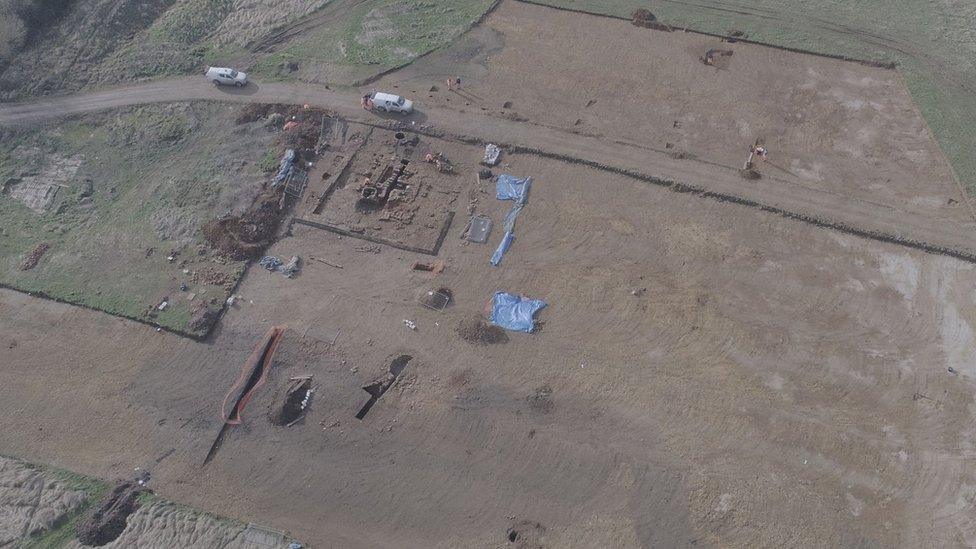
Items found during excavation give an insight into Roman workers' lives, archaeologists said
They first uncovered a temple/mausoleum that was turned into a pottery, brick and tile manufacturing centre but during a second phase of work in 2021, they found an intact Roman road that showed Corby joined to surrounding settlements.
Mr Gilmour said the bronze artefact, about 5cm (2in) long and showing "two dolphins facing each other as if they had jumped out of the water", was the sort of thing that was frequently found on Roman buckles so when they found it at the site, that is what it was thought to be.
But after further investigations, a professor of Roman military equipment told them it was 95% certain it was the handle of a 2nd Century helmet.
"Its shape looks like a buckle but you can see it's not broken off and you can see where the rivets went through," Mr Gilmour said.
"We had found this road built in the 1st Century and roads were built by the army so we know they were in the area then.
"[The find] could suggest that some link to the military continued on the site after the construction of the road."
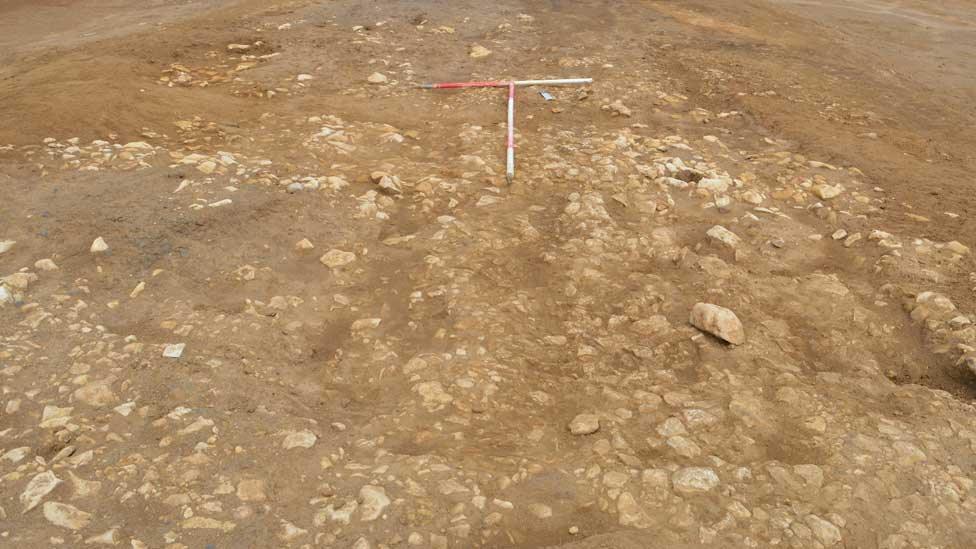
Experts said a well-preserved Roman road uncovered at the site would have been built by the army in the 1st Century
The archaeologist added that it was possible to date the find to the 2nd or early 3rd Centuries because the Roman army had stopped using them after that.
"The purpose of a helmet is to deflect things from you but if you put a handle on it, it catches stuff and flaps up and down," he said.
"It makes it easier to carry but stops the function of the helmet so they stopped using them."
Mr Gilmour said the question that remained was whether a single piece of evidence was enough to show the military still had a presence at the site in the 2nd Century.
"The answer is 'probably' otherwise why would part of a helmet be there," he said, "but it's only one fragment.
"It is also possible that it was a piece of bronze brought to the site to be recycled and reused.
"That's the more mundane explanation but we'd like to think the military had maintained a presence there."
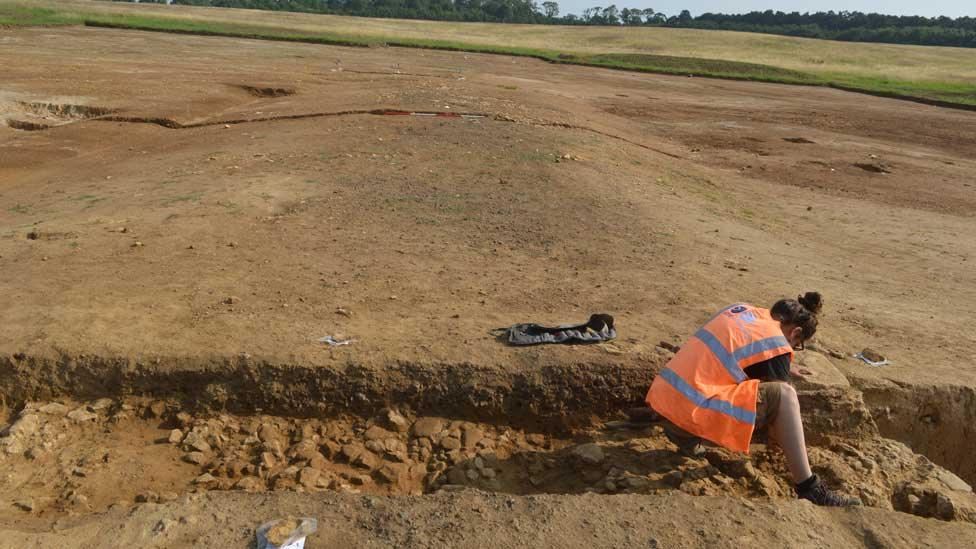
The road measured 17m in width and archaeologist also found clear signs that the road had been repaired in the 3rd Century
By the middle of the 1st Century, people living in the area focused on iron production and an iron smelting site 1 km (0.6km) away was found in 2006.
Mr Gilmour said the Romans had also been in the area because of the ironworks as it was a metal they needed for weapons.
He said it would have been "sensible" for them to keep a "smaller outlying garrison" there to "keep control of the iron".
"A military presence does not mean they were there to fight the locals but they would be doing administration, tax and road repairs etc, so it would make sense to have them there to oversee it," he said.
"We'd like [this to be the case] but it's hard to prove."
He said everything metal found at the site was being conserved and cleaned and would be reanalysed for other evidence as smaller details not seen before could become visible.
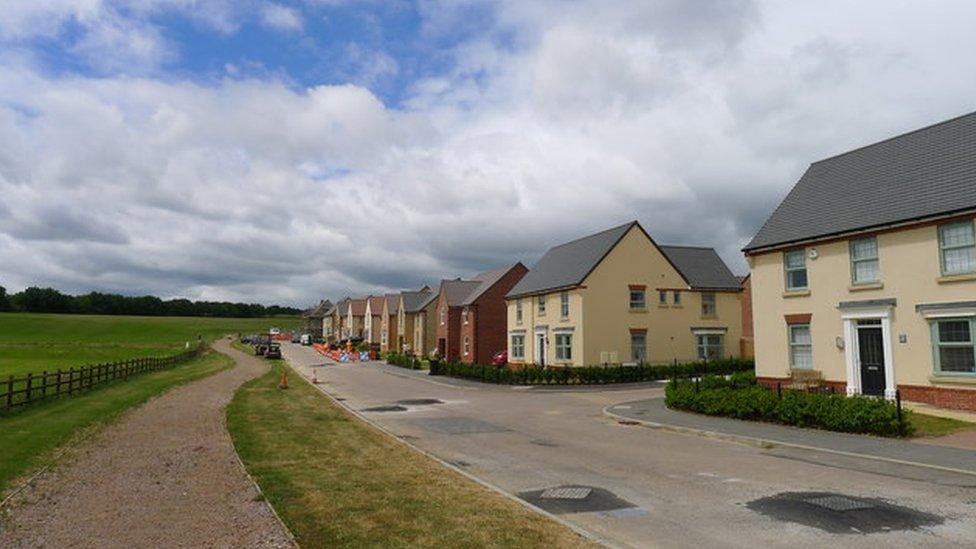
Priors Hall Park is a development of more than 5,000 new homes in Corby
For example, a few coins need to be cleaned to see which emperor is on them.
"Some coins are associated with the military," he said.
"For example an emperor may commission a commemorative coin to thank soldiers for their service, but those aren't usually spent, so if you find one of those you've basically found a soldier."

Find BBC News: East of England on Facebook, external, Instagram, external and Twitter, external. If you have a story suggestion email eastofenglandnews@bbc.co.uk, external
Related topics
- Published1 February 2023
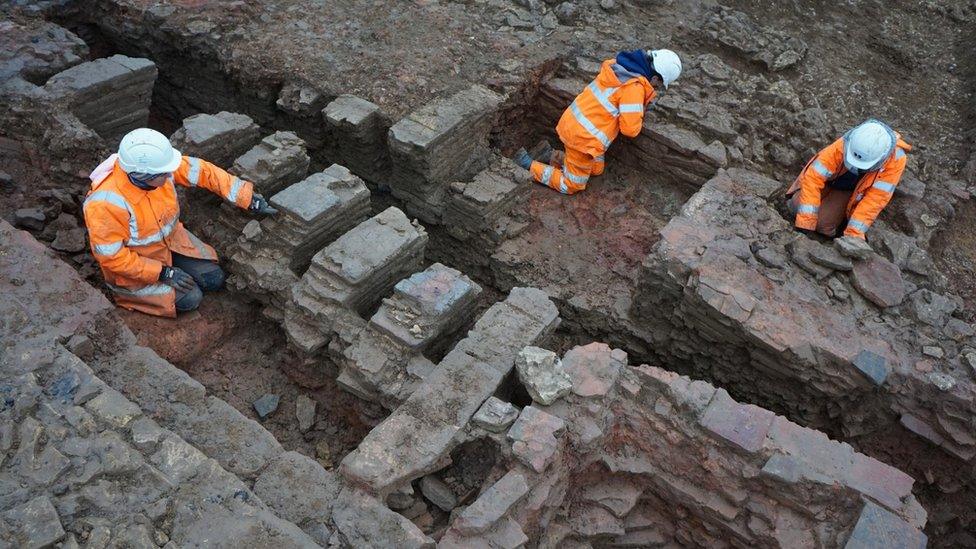
- Published29 January 2023

- Published10 January 2023
- Published6 December 2022
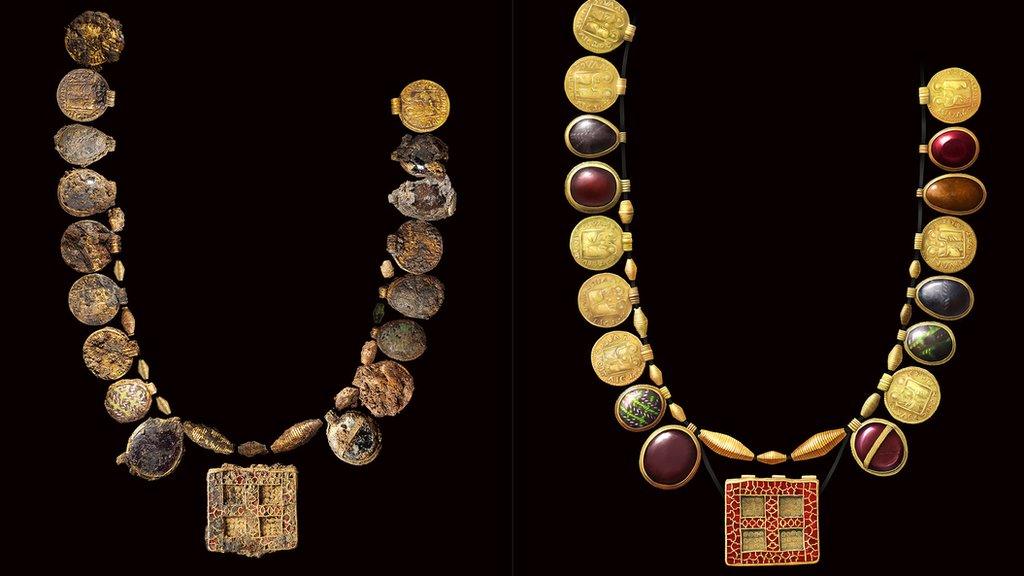
- Published11 January 2022
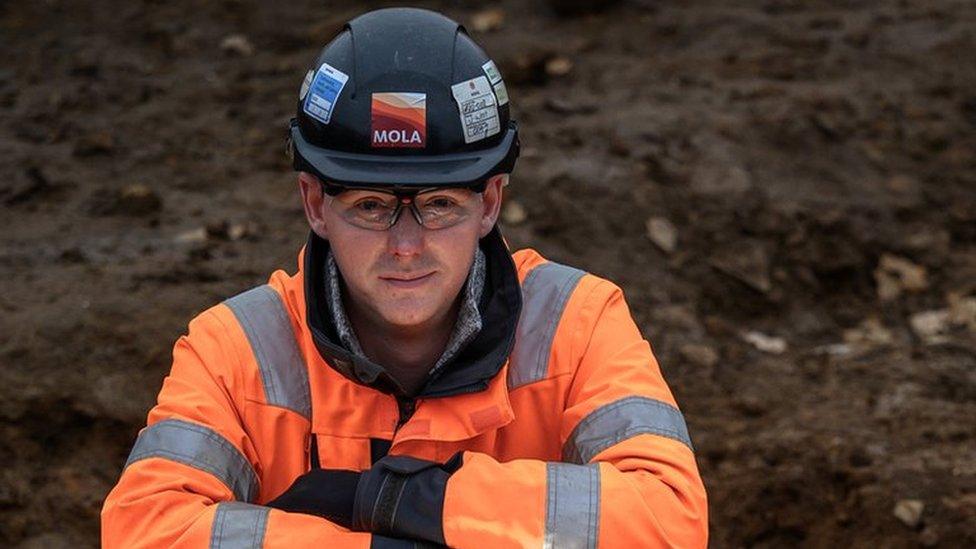
- Published10 August 2020
